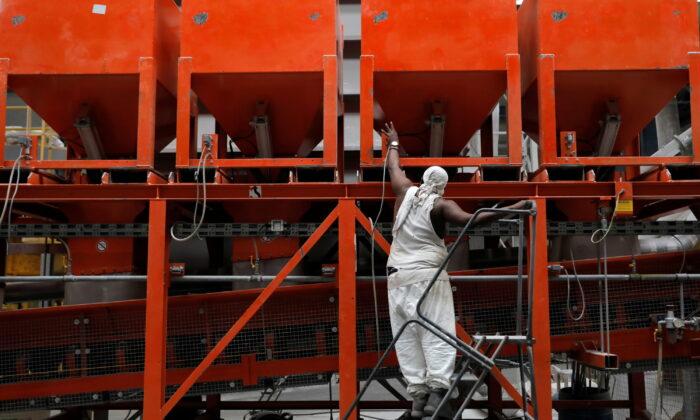Private sector output rose in the United States in April while companies shifted the burden of surging costs and higher wages onto customers, according to S&P.
The S&P Global Flash U.S. Services Business Activity Index fell from 58 in March to 54.7 in April. The headline Flash U.S. PMI Composite Output Index declined to 55.1 in April from 57.7 last month. Readings above 50 indicate growth in business activity while those below the level signal contraction.
“The latest data indicated a strong rise in private sector output, but one that was subdued by the impact of inflation on customer spending. Although service providers recorded a softer upturn in activity, manufacturing firms noted the quickest uptick in production since last July,” the press release stated.
April PMI reveals some loss of momentum when compared to the “strong rebound” seen in March, said Chris Williamson, chief business economist at S&P Global. Several businesses are reporting a “tailwind of pent up demand” due to the COVID-19 pandemic restrictions. However, companies are struggling against rising inflation, labor constraints, and supply chain delays, he added.
Such headwinds as well as increased concerns over the tightening monetary policy and economic outlook caused business confidence on the outlook to “slip sharply” in April.
“However, with the overall pace of economic growth and hiring remaining relatively solid, for now the focus from a policy perspective is likely to remain firmly on the need to rein in the record high inflationary pressures signaled by the survey,” Williamson said.
Firms were continuing to pass “swiftly rising input costs” to customers. The manufacturing sector experienced steep increases in prices of raw materials and labor costs. Following the Russian invasion of Ukraine, a spike in prices was seen in metals, energy, and agricultural commodities.
“A few reports noted that input suppliers were making use of more flexible contract terms or only honoring price quotes for 24 hours. Strong demand generally allowed firms to pass through input cost increases to customers, for example, via fuel surcharges for freight and airline fares,” the Beige Book said.
“However, contacts in a few Districts noted negative sales impacts from rising prices. Firms in most Districts expected inflationary pressures to continue over the coming months.”
As firms factor in rising input costs to the final price of products, U.S. consumers are ending up having to pay higher prices for daily essentials.






Friends Read Free